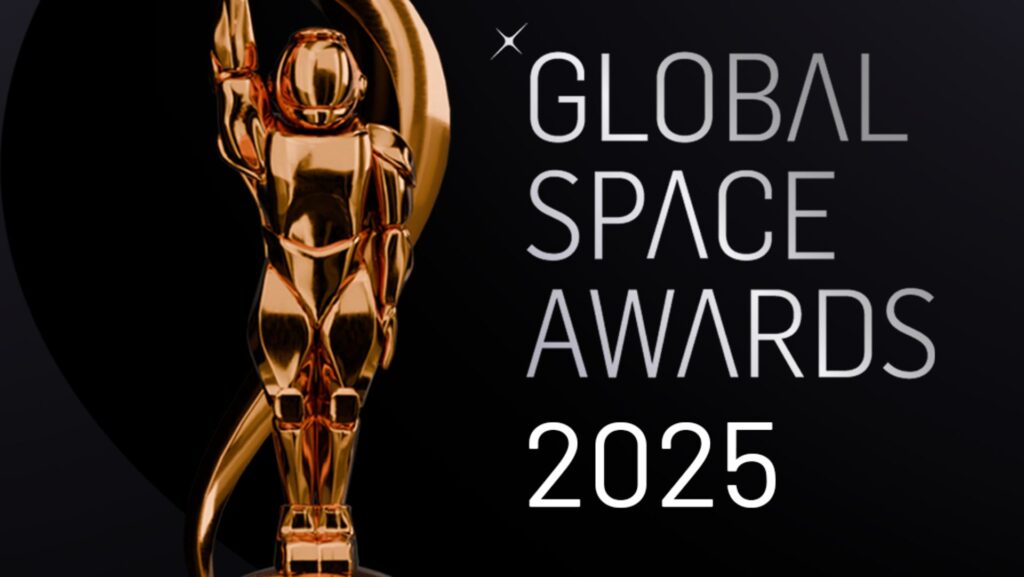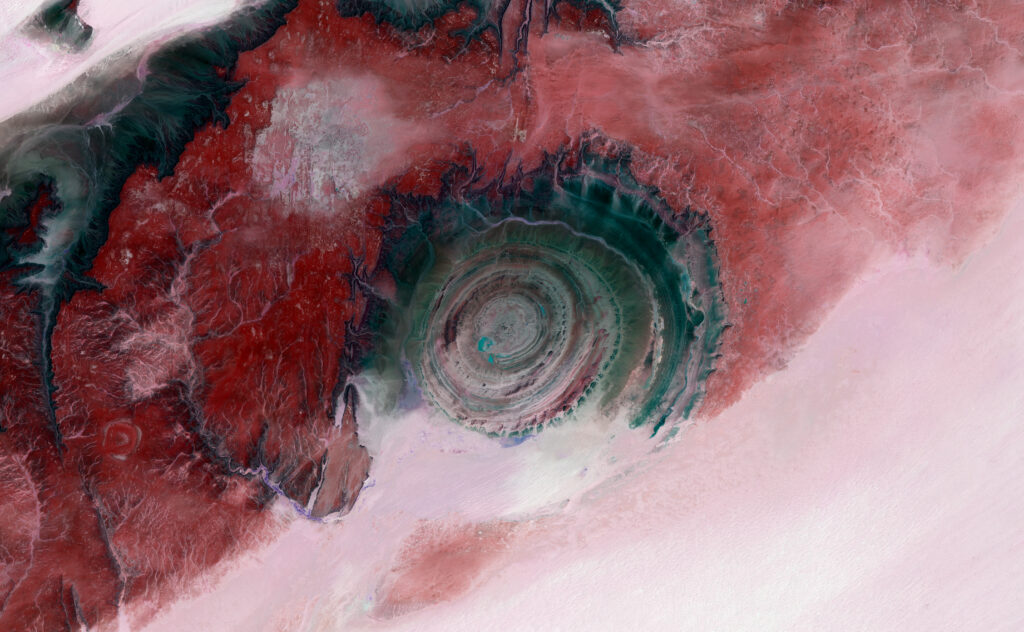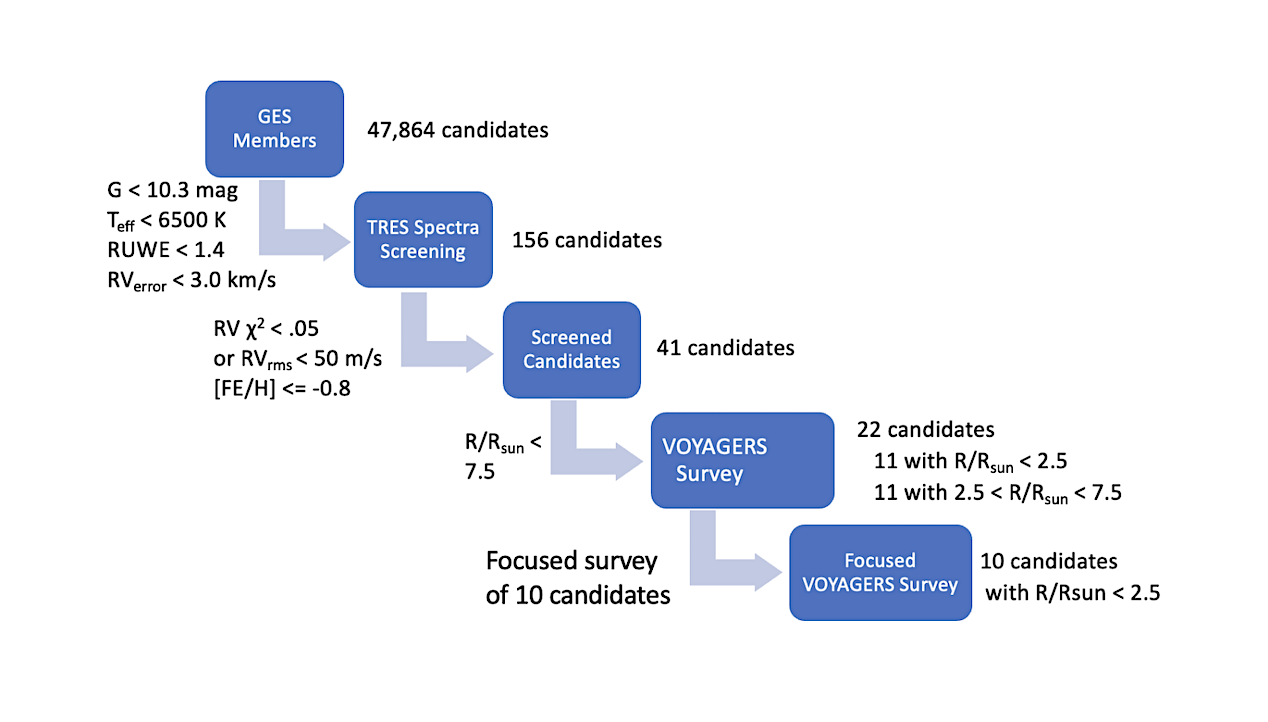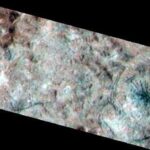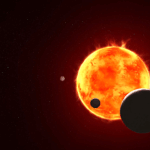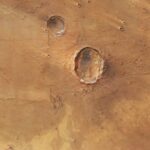Now Reading: Northern lights may be visible in 17 states (or more) tonight
-
01
Northern lights may be visible in 17 states (or more) tonight
Northern lights may be visible in 17 states (or more) tonight

Ready for round two, aurora chasers?
The northern lights may dazzle again tonight (Nov. 12) as a speedy incoming coronal mass ejection (CME) released during yesterday’s colossal X5.1 class solar flare could spark strong to severe geomagnetic storm conditions, according to the National Oceanic and Atmospheric Administration (NOAA).
Last night’s display triggered by two previous CME impacts was absolutely stunning, with auroras spotted from coast to coast and even as far south as Mexico. Check out some of the best photos here in our wrap.
Where can I see the northern lights tonight?
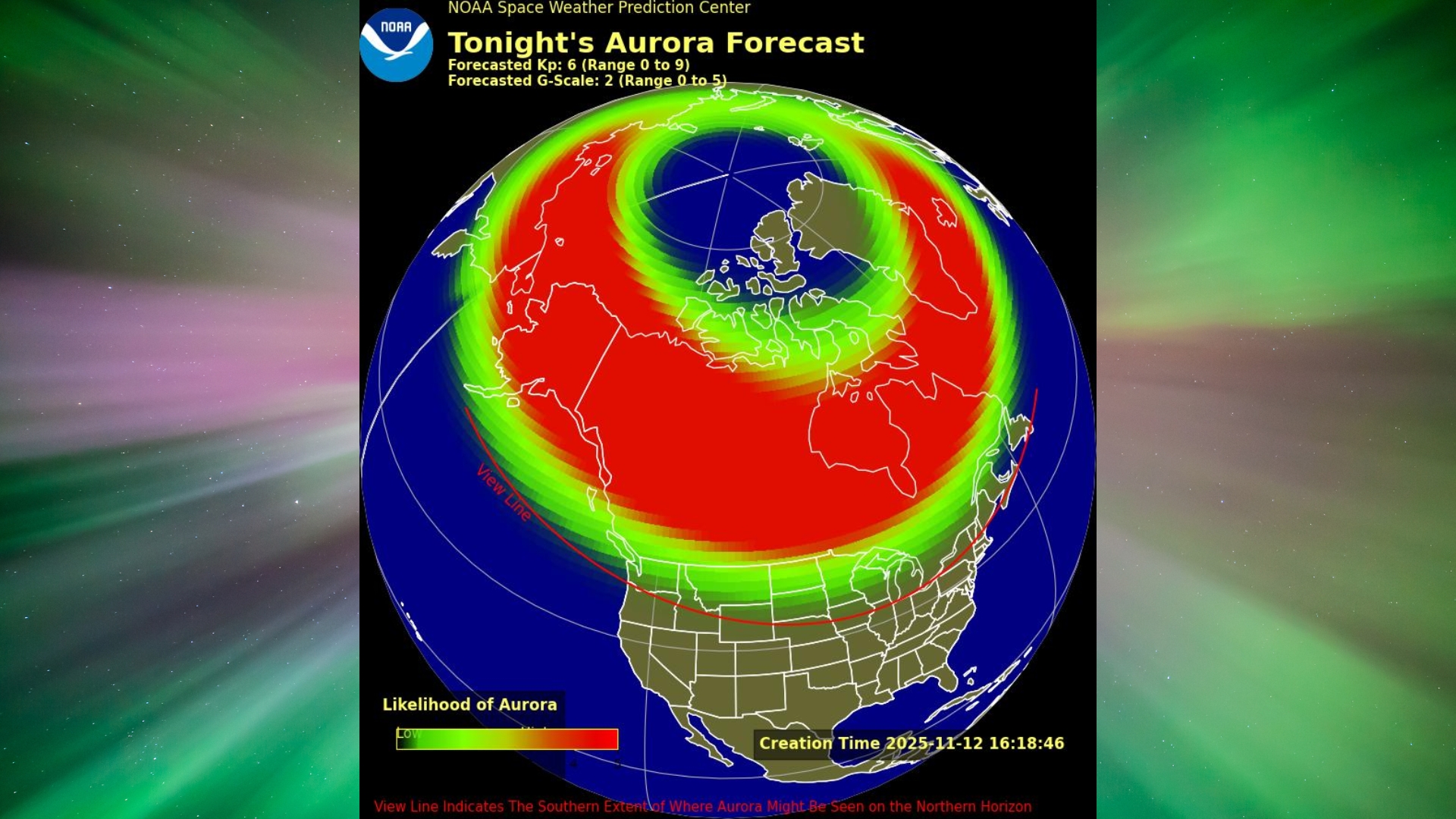
States that could see auroras tonight
Based on the latest NOAA aurora forecast map, the following 17 U.S. states appear full or partially above the aurora view line:
- Alaska
- Washington
- North Dakota
- Montana
- Minnesota
- Idaho
- South Dakota
- Wisconsin
- Oregon
- Michigan
- Vermont
- New Hampshire
- Wyoming
- New York
- Iowa
- Nebraska
- Illinois
As always, auroras can be fickle creatures. This list is based on current forecast data, but with geomagnetic activity still strong and another CME on the way, auroras could reach much farther south than expected — potentially visible across much of the U.S. if the conditions are right and the skies are clear.
Northern Hemisphere aurora forecast courtesy of the U.K. Met Office
What time should I look for the northern lights tonight?
The northern lights could be visible across 17 U.S. states (or maybe more) tonight (Nov. 12-13) as soon as it gets dark, so it’s worth keeping an eye on the sky throughout the evening, especially in areas with clear, dark skies.
According to NOAA’s 3-day forecast, geomagnetic storm activity is expected to stay high throughout the night, with the best chances of auroras during the following key times:
- 7 p.m. – 10 p.m. EST (0000-0300 GMT): Strong G3 level storming possible
- 10 p.m. – 4 a.m. EST (0300–0900 GMT): Moderate G2 level storming possible
How can I see the northern lights from where I live?
If you live in one of the 17 U.S. states forecasted to catch a glimpse of the northern lights tonight, there are a few things you can do to give yourself the best chance of seeing them.
- Find a north-facing vantage point with a clear view of the horizon as far from light pollution as possible.
- Use your phone camera to scan the sky, as the camera is great at picking up faint auroras before your eyes spot them. This will give you a good idea of the direction you should be focusing your attention.
- Try to let your eyes adapt to the dark for at least 30 minutes; this will help your night vision develop.
- Wear warm clothing! Part of the fun of aurora hunting is the chase. Be prepared to sit or stand for hours if conditions are looking promising, as you won’t want to miss the show when it starts!
We recommend downloading a space weather app that provides aurora forecasts based on your location. One option I use is “My Aurora Forecast & Alerts,” available for both iOS and Android. However, any similar app should work well. I also use the “Space Weather Live” app, which is available on iOS and Android, to get a deeper understanding of whether the current space weather conditions are favorable for aurora sightings.
Editor’s Note: If you snap a photo of the northern lights or southern lights and would like to share it with Space.com’s readers, send your photo(s), comments, and your name and location to spacephotos@space.com.
Stay Informed With the Latest & Most Important News
Previous Post
Next Post
-
 012024 in Review: Highlights from NASA in Silicon Valley
012024 in Review: Highlights from NASA in Silicon Valley -
 02Panasonic Leica Summilux DG 15mm f/1.7 ASPH review
02Panasonic Leica Summilux DG 15mm f/1.7 ASPH review -
 03How New NASA, India Earth Satellite NISAR Will See Earth
03How New NASA, India Earth Satellite NISAR Will See Earth -
 04And Thus Begins A New Year For Life On Earth
04And Thus Begins A New Year For Life On Earth -
 05Astronomy Activation Ambassadors: A New Era
05Astronomy Activation Ambassadors: A New Era -
06SpaceX launch surge helps set new global launch record in 2024
-
 07From Polymerization-Enabled Folding and Assembly to Chemical Evolution: Key Processes for Emergence of Functional Polymers in the Origin of Life
07From Polymerization-Enabled Folding and Assembly to Chemical Evolution: Key Processes for Emergence of Functional Polymers in the Origin of Life













